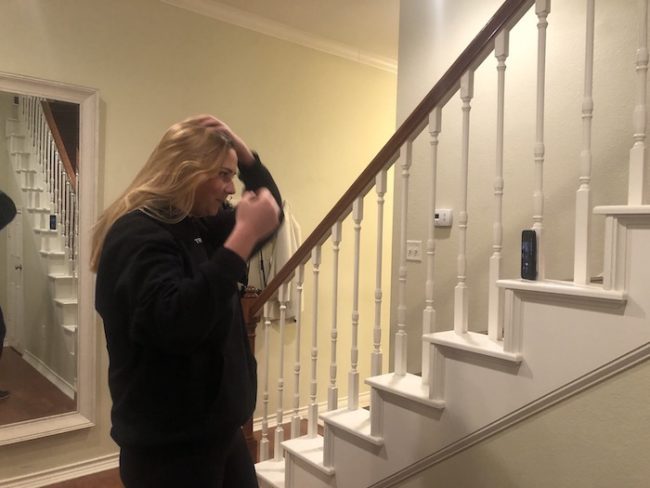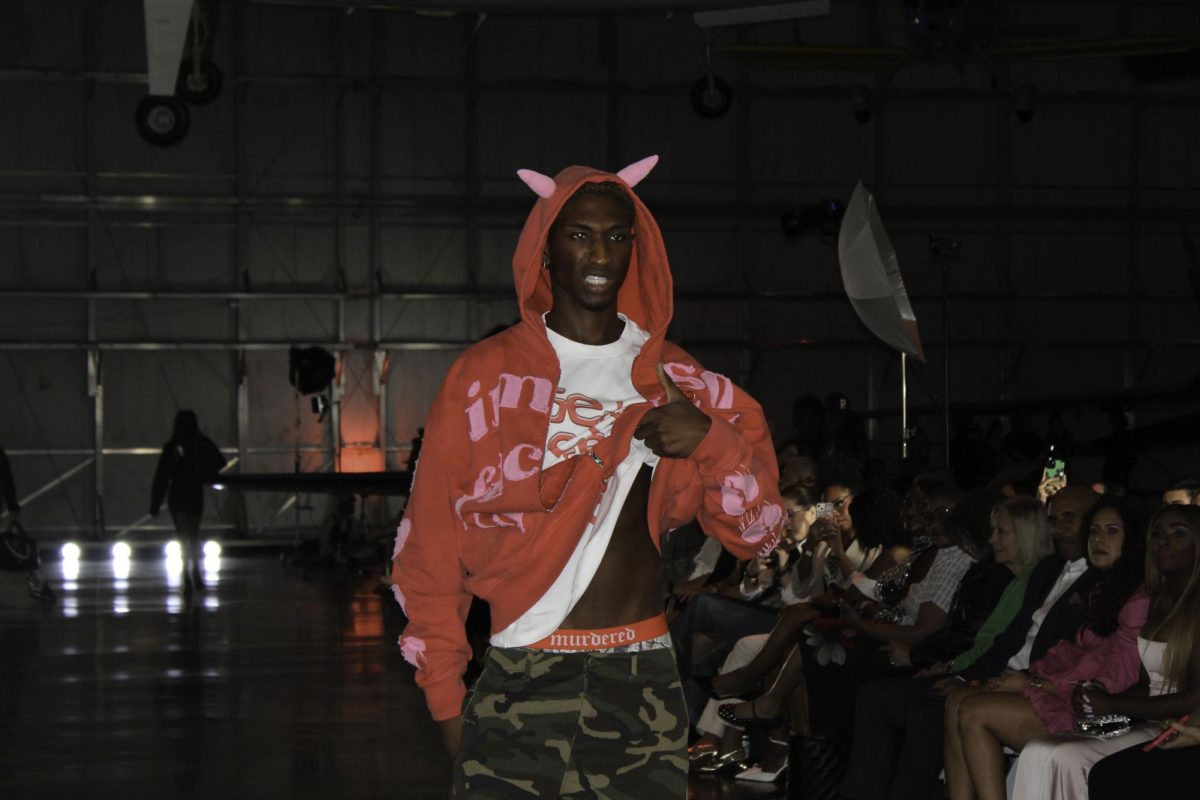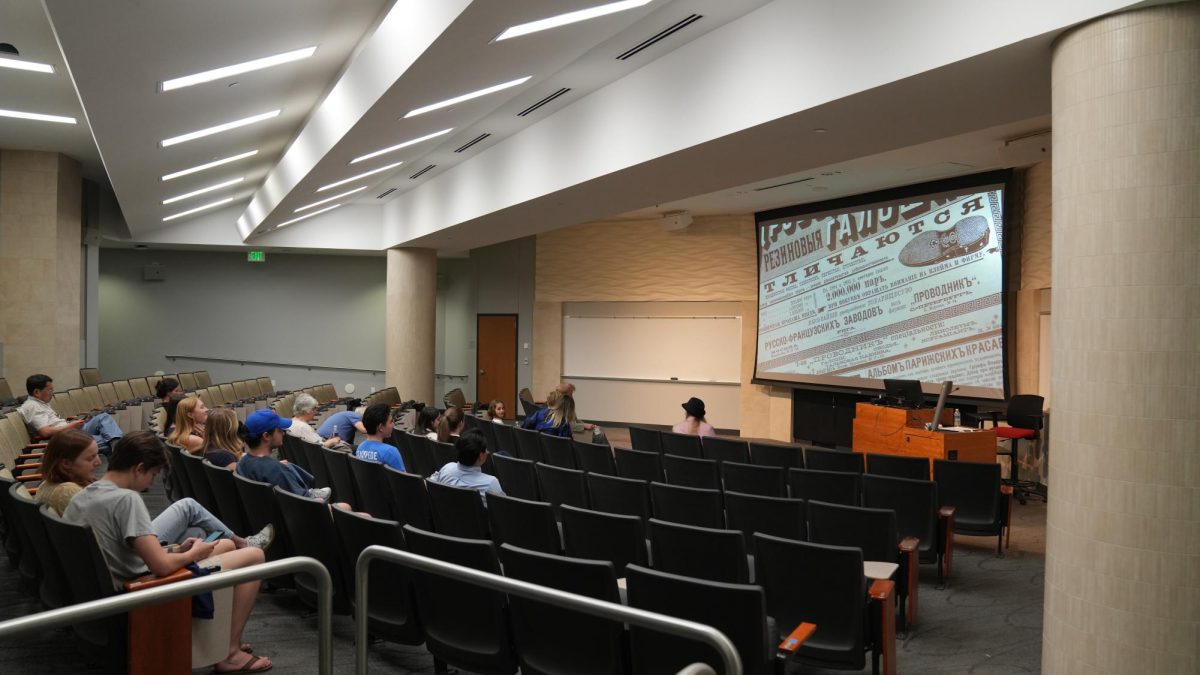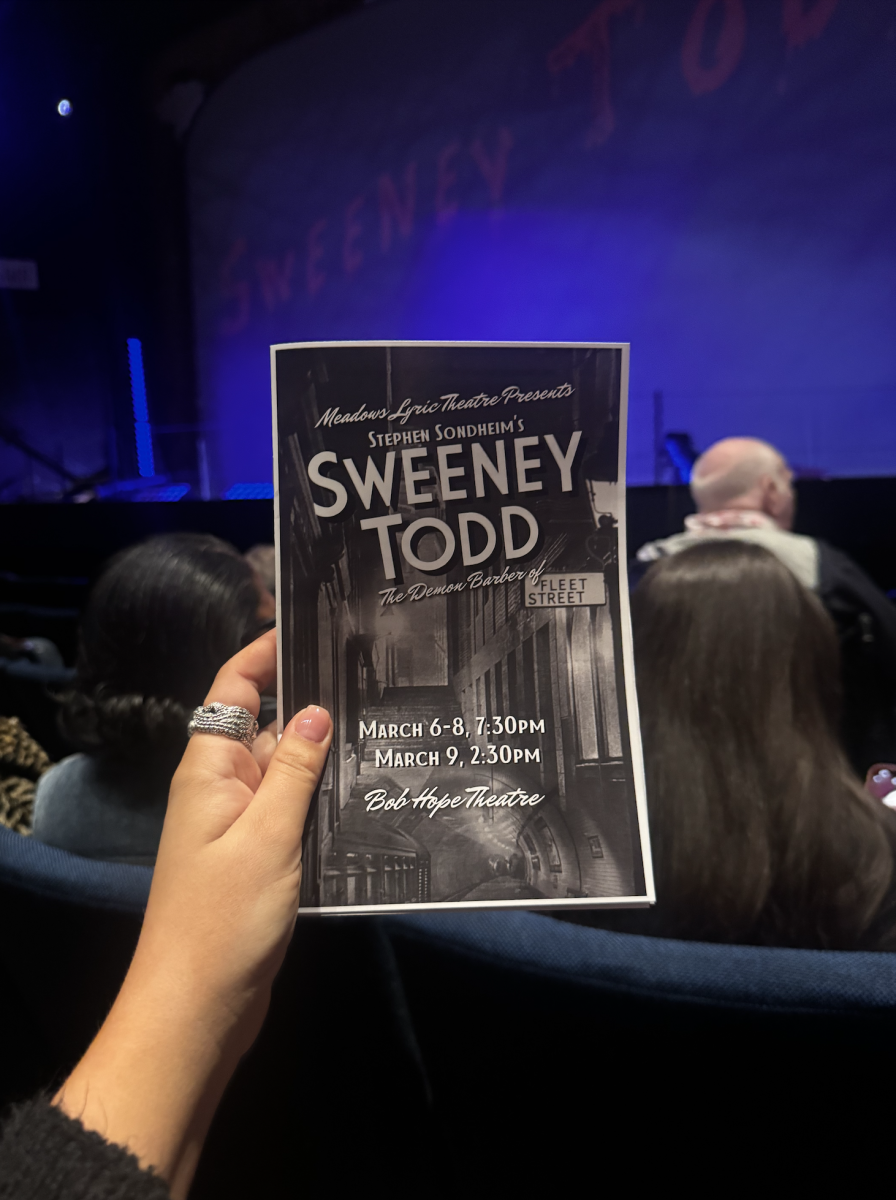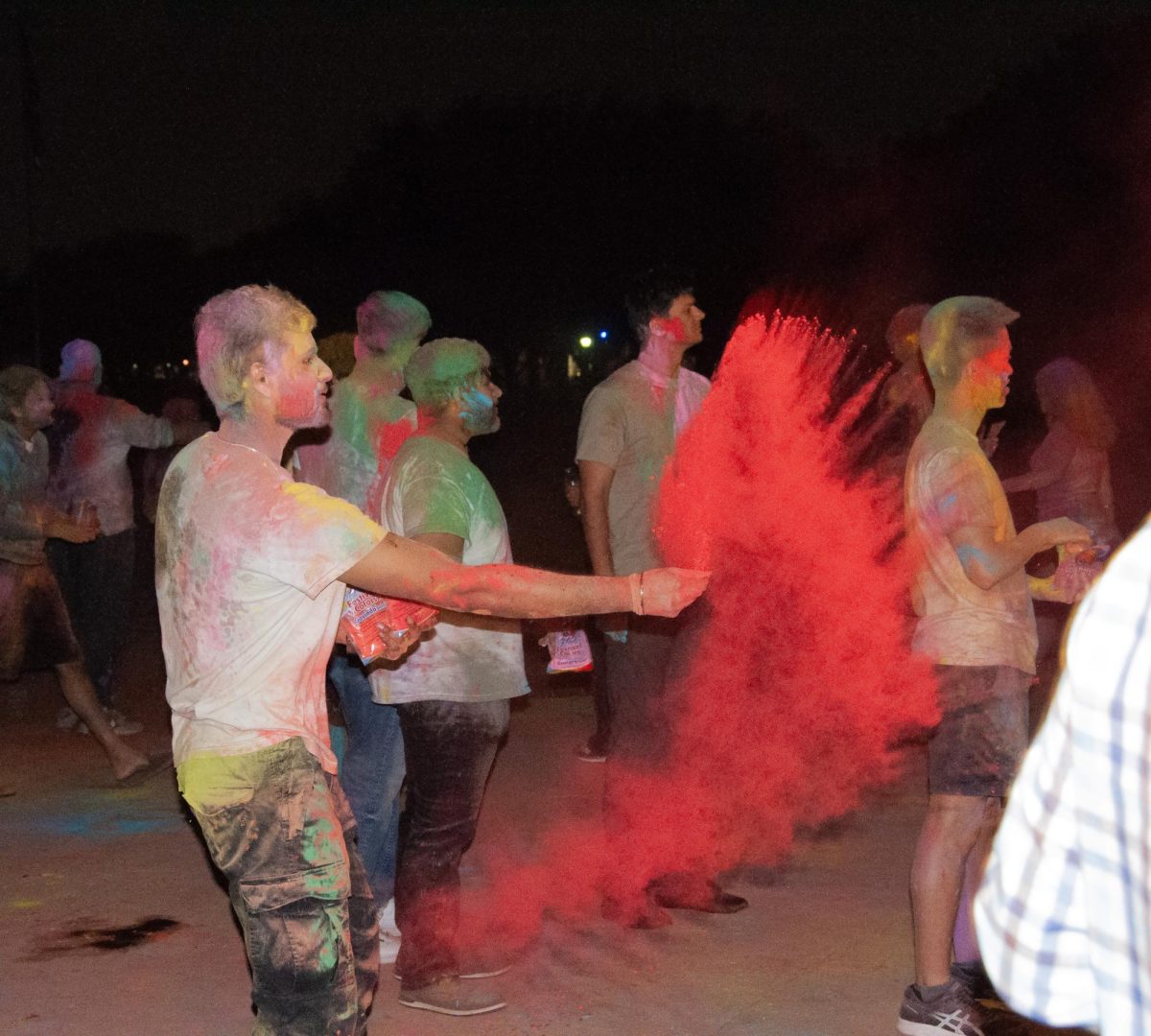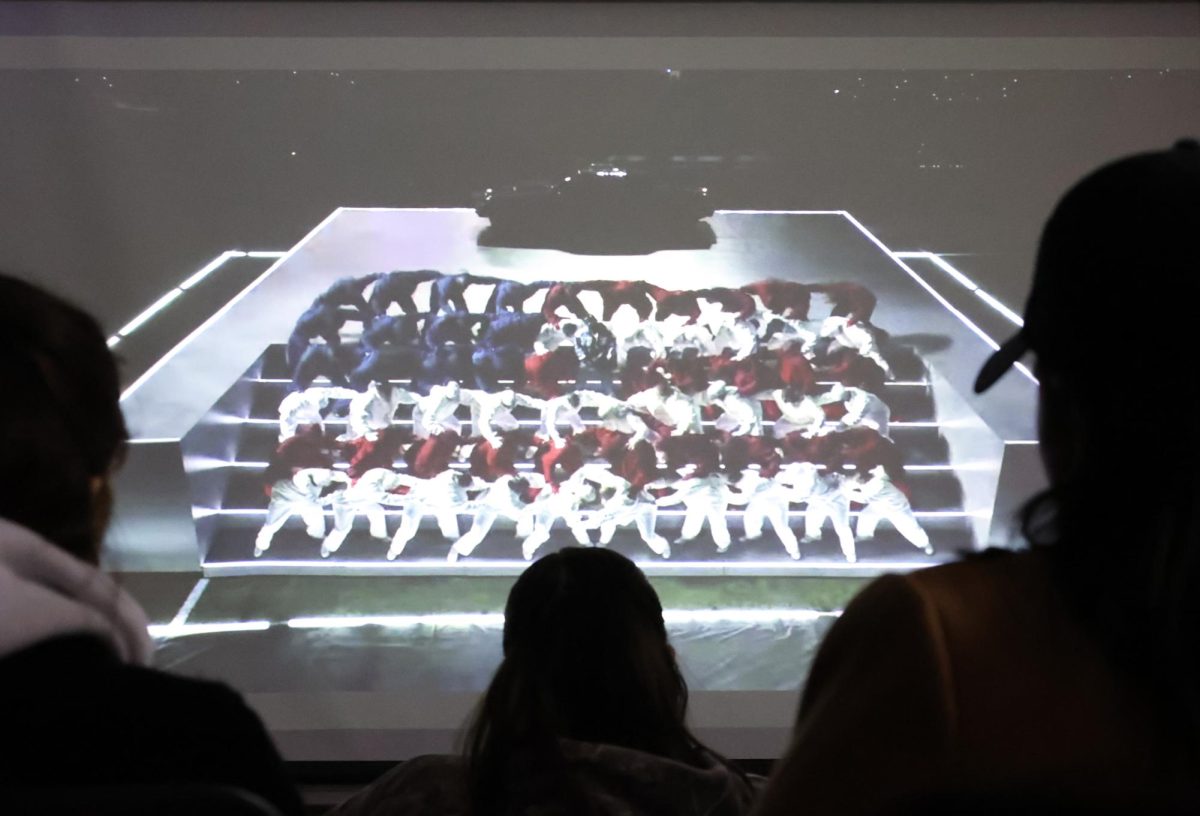The music was downloaded and the backdrop was chosen. All she had to do now was press that cherry red button and record.
Charlotte Grace Ruffing rested her iPhone on the sixth step of her staircase and propped it up against the wooden railing.
The three-second countdown started.
Ruffing rushed to her wall and assumed the sorority squat position, her knees bent at a 45-degree angle and her back straight. As a member Tri Delta at Southern Methodist University, Ruffing enjoys parodying Greek Life on her TikTok page, @goop_intern.
“It’s funny to tease the rush process,” Ruffing joked. “It’s so silly.”
Satisfied with her latest creation, Ruffing uploaded the video. The notifications quickly followed.
“Dude,” Ruffing’s high school friend messaged. “My friend just sent me your TikTok!”
Ruffing scrolled through thousands of TikTok notifications with wide eyes. Her video had already garnered 25,000 likes and more were flooding in.
“I guess I’m really famous now,” Ruffing thought to herself.
Ruffing’s fascination with TikTok, which has been downloaded more than 1.7 billion times, is not unique. Users ranging from high school students to licensed doctors and teachers are captivated by the app, usually spending at least an hour a day scrolling through or making videos.
According to Digiday, an online trade magazine covering media, TikTok’s short-form video content and easy-to-use interface appeal especially to Generation Z or “Gen Z.”
“Eighty-three percent of all Gen Z have a TikTok account and more than 60 percent of those have produced one or more TikToks,” said Steve Lee, an SMU professor specializing in Digital Communication and Social Media.
While most of Gen Z is on TikTok for pure entertainment, aspiring content creators and influencers flock to the app with the hope of going viral. TikTok’s default “For You” page features videos from random accounts, making it easier to go viral than ever before.
“This is truly Andy Warhol’s everybody’s going to get 15 minutes of fame,” Lee said.
Lily Bajor, a junior cheerleader at SMU, has had a taste of this short-lasted TikTok fame when her game day video reached 33,400 likes. But what draws Bajor to the app isn’t the fact that she can become famous; it’s that anyone can.
“It’s not like Instagram where you have to be perfect,” Bajor said. “Anyone’s accepted, like a disabled person or someone who’s wearing a weird outfit.”
Inclusivity, connectivity and ingenuity are all values Gen Z searches for on the discovery vehicle that is TikTok. However, the real things these avid users are looking for on the app are human truths.
“Humanity is critically important,” Lee explained. “Especially to a millennial and Gen Z audience.”
Perhaps this explains why Ruffing’s sorority spoofs are so popular. They represent a part of the human experience, a part that users either identify with or are intrigued by.
Regardless of whether Gen Zers download TikTok for fun or fame, the app’s popularity is only projected to grow.
“It’s a video chaotic mess,” Lee said. “And it’s addictive.”



